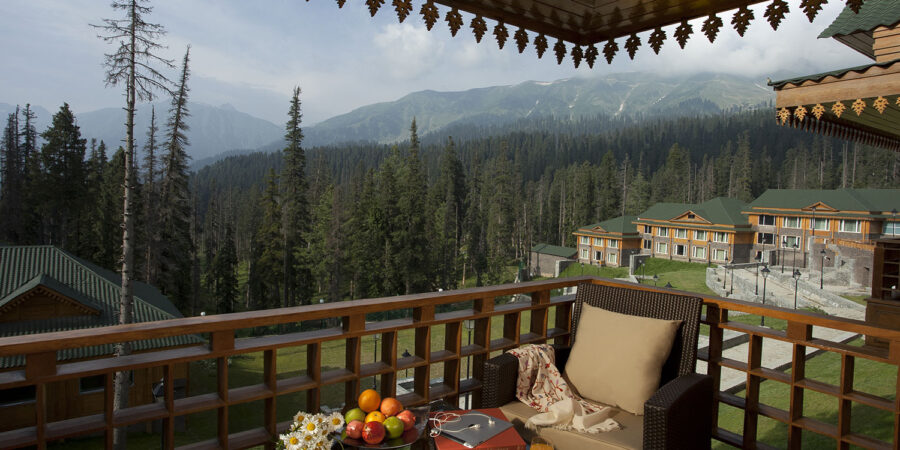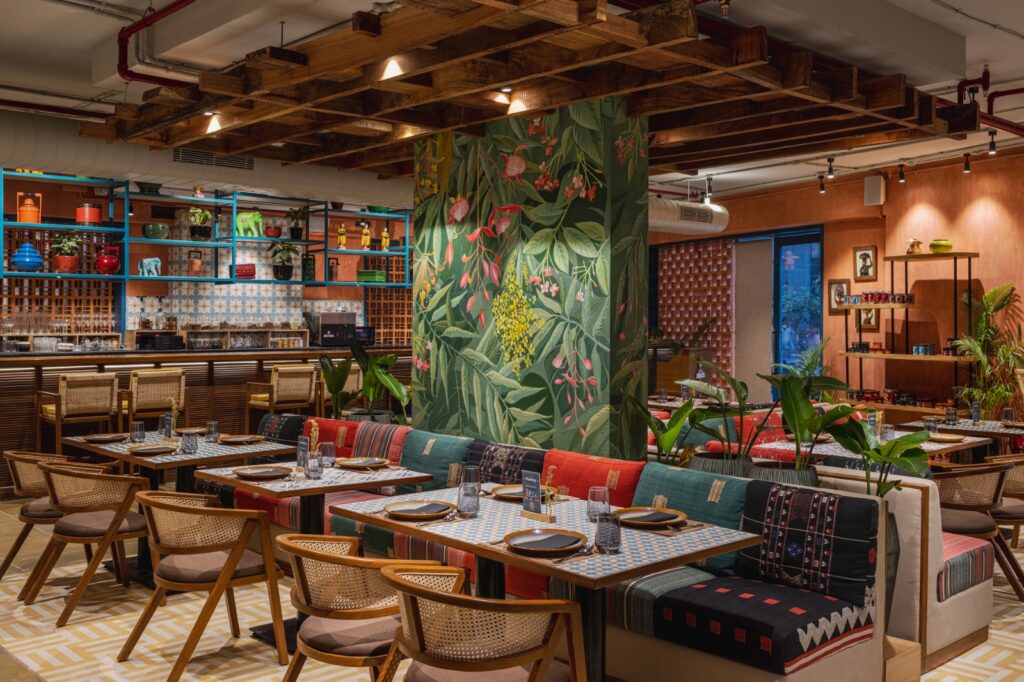In the world of gastronomy, where the senses are heightened and emotions are stirred. The ambiance, aesthetics, and functionality of a restaurant’s interior can be the difference between a dining venue that merely serves food and one that creates a lasting impression. A series of innovative interior design trends are reshaping the way we perceive and enjoy dining.
Sustainability: Eco-conscious design elements, repurposed materials, and energy-efficient spaces are gaining popularity as diners prioritize environmentally responsible choices.
Multi-Functional Spaces: Versatile layouts that cater to various dining styles, from casual to fine dining, are on the rise, providing patrons with a range of experiences under one roof.
Cultural Fusion: Design that reflects diverse culinary traditions, offering a global dining experience even before the first bite.
The drive behind this shift is rooted in the desire to offer patrons a multifaceted dining experience. By incorporating a seamlessly merging outdoor space, restaurants are providing guests with an array of dining options, each with its unique ambience and appeal. This transformation serves to bridge the gap between the bustling outdoors and the quietude of the indoors, effectively erasing the traditional demarcation between the two. As a result, one can expect a sophisticated and immersive dining experience amidst artsy and lush surroundings.
Contemporary designers are acutely attuned to the distinctive context in which a restaurant finds its home. Take, for instance, a restaurant nestled within the enchanting aura of an old-world neighbourhood. In such a setting, designers can design the restaurant such that it revolves around preserving the timeless allure while breathing new life into its historic walls. This approach involves the thoughtful and deliberate redesign and repurposing of spaces, with a keen eye on preserving the enduring charm of the establishment while simultaneously embracing the demands of modern aesthetics and sensibilities. The result is a seamless fusion of heritage and innovation, where the brand’s narrative is artfully interwoven into the very fabric of the locale, delivering an evocative dining experience.
In the past, uniformity was the norm in restaurant and hotel design. Modern consumers crave unique and delightful experiences, using digital tools to avoid unexpected disappointments. This shift demands that hospitality interior design offers expected functionality and a memorable, distinct atmosphere.
This change is fuelled by the evolving preferences and expectations of modern consumers, who are increasingly seeking unique and delightful experiences in hospitality. The accessibility of digital resources, such as location previews and consumer reviews, has empowered them to make more informed choices, driving this shift towards distinctive and memorable environments.
- Mood lighting can enhance the dining experience
- Colourful accents lend an eclectic vibe
- Warm neutrals create inviting, contemporary restaurant interiors
- Integrating brand philosophy into the interiors is vital
Read the full story that first appeared in Zee Zest here:


